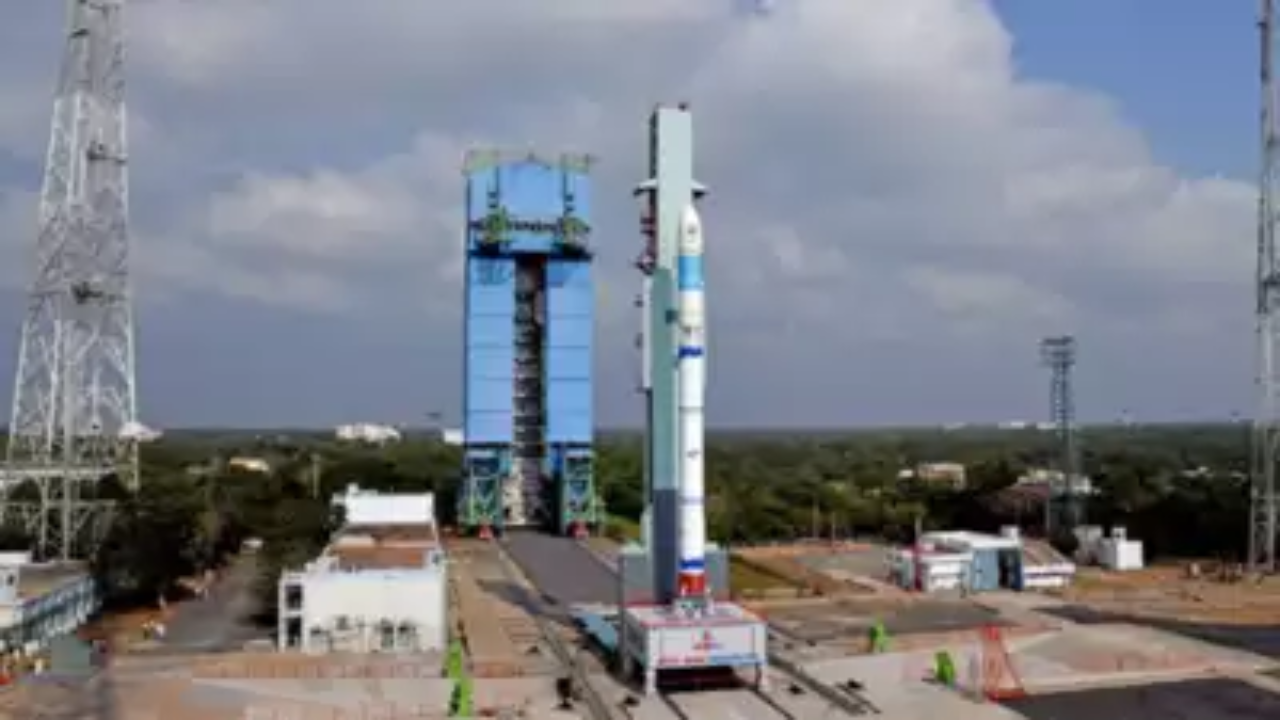“…The Indian team has visited the islands, surveyed the site and confirmed it’s the right site and they’re now working with an Australian project manager to set up the facilities,” Australian Space Agency (ASA) head Enrico Palermo told TOI in an exclusive interview.
TOI was the first to report that Isro was exploring Cocos Islands for its tracking station. Terming Gaganyaan an inspirational mission, Palermo said: “We’re doing that [tracking station] through an implementing arrangement from a government-to-government perspective and the reason India has chosen the Islands is when you look at the trajectory of the Gaganyaan flights, it’s the optimal spot to do tracking telemetry and control,” he said.
He said his team and he would be discussing further collaborations on the human spaceflight programme with Isro this week and that the tracking station was only the first piece. “We’re also working on supporting India with scenarios where you might have emergency scenarios. So, again, if you look at the trajectory of the spacecraft, if there’s any aborts and a need to recover the crew, it will be in Australian waters,” Palermo said.
He said ASA was ensuring that it’s there to support India should there be any contingencies in that matter. From there on, ASA is exploring with India how we could contribute to Gaganyaan being a partner in science, partner in industry.
“Australia can bring expertise in applied space medicine, life sciences. If you look at our work we do in Antarctica or remote medicine in Australia, that’s very transferable to human spaceflight. As the ambitions grow for robotic exploration, how do we bring in Australia’s robotics and autonomy experience? Other areas might be optical communication,” he said.
Joint satellites
Further, the island continent has been funding collaborations of Australian firms with Indian firms, three of which are progressing into advanced stages of realisation.
The missions are: AU$5.8 million LatConnect60 satellite for carbon emissions monitoring, Space Machines Company and Bengaluru-based Digantara’s AU$8.5 million for Space MAITRI (Mission for Australia-India’s Technology, Research, and Innovation) mission, demonstrating on-orbit transportation and debris mitigation and a AU$3.7 million project by Skykraft to develop new Position, Navigation and Timing system for satellite constellations.
“We’ll see at least two of those satellites launched from India as part of the deal. So, a dedicated SSLV launch for Space Machines with NSIL and and then we’ll see the LatConnect 60 satellite launch with Skyroot, who’s one of the upcoming launch startup companies here in India,” Palermo said.
Quad, climate & more
Pointing out that ASA and Isro are collaborating on some initiatives under the Quad Space Working Group, he said, these include looking at how we can address — an India-led proposal — extreme precipitation, which is becoming more prevalent as an impact from climate change.
“…As part of the G20 celebrations last year, Prime Minister Narendra Modi announced the G20 climate satellite and Australia is looking at how we can contribute a payload to that satellite in various earth observation technologies,” he said.
Stating that the commercial space ecosystem in India and Australia were similar with a majority of small to medium enterprises and startups that are looking to scale, he said: “…how do we learn from each other and scale these enterprises that can drive revenue, can drive benefits here on Earth?”






